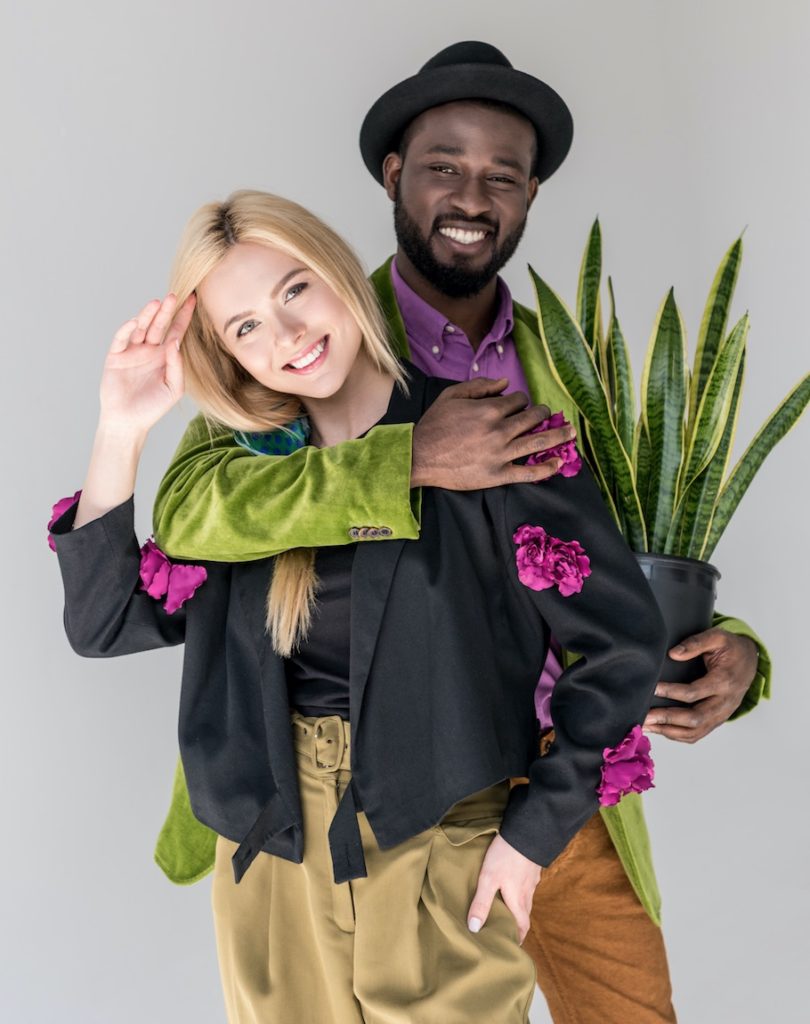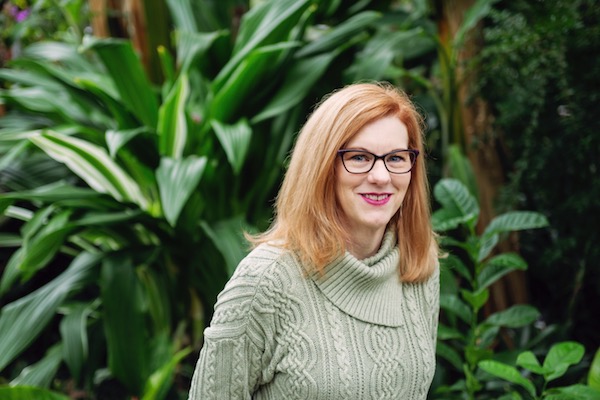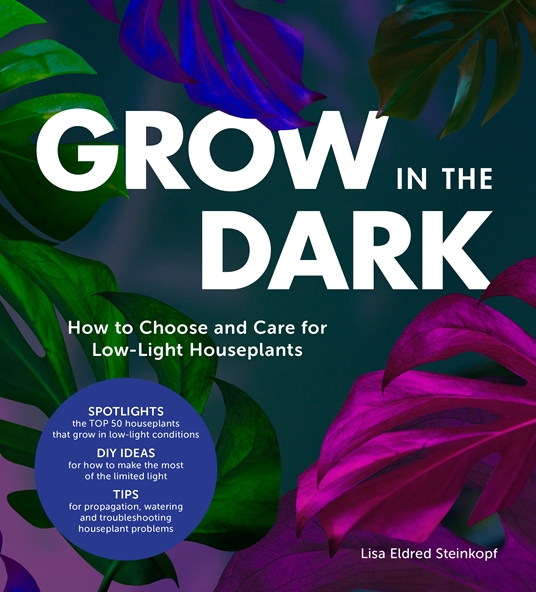
Like a lot of people, my first introduction to gardening was houseplants. Those of us who came through the 1970s remember windows adorned with grape ivy, Boston ferns, and macramé. And then there was the first hydroponics boom.
The houseplant rage is back big time, especially for the younger set in apartments or other living spaces without a yard. Millennials account for at least one-third of houseplants sales in the United States, reported The Economist, Aug. 8, 2018. Houseplant shipments from the Netherlands, the world’s largest producer, grew from $6 billion in 2000 to $9 billion in 2016.

“What explains the growth in greenery? Young people are more likely than their elders to live in city flats without gardens. Although houseplants grow and require care, they are neither as demanding nor as costly as pets or children,” The Economist wrote.
Get houseplants ready for the move
I found this report while working on a program about houseplants for the 2020 Indianapolis Home Show. And, it’s the third week of September, aka National Indoor Plant Week. My houseplants – a Clivia and Amaryllis – are on my mind, as night temperatures head down to the 50s in the next week or so. If you haven’t already, it’s time to move houseplants back indoors.

One way to begin acclimating the plants to their indoor home is to move them to the north side of the landscape or under a tree where they get less light, said houseplant guru Lisa Eldred Steinkopf.
And before moving them indoors, give them a good shower, said Steinkopf, author of Grow in the Dark: How to Choose and Care for Low-Light Houseplants (Cool Springs Press, $25, hard cover).
Spray the tops and undersides of leaves and along the stems to blow away insects. “Flush that soil, too, to make sure critters, like roly-polys (pill bugs), get washed out,” the Michigan resident said.
Move the plants to the brightest spots in your home. “People always say the plant is dropping leaves or it’s turning yellow, but that’s a normal part of acclimating,” she said. The plant is moving from bright light (outdoors) to low light (indoors). “A plant only keeps the leaves it can support.” Leaves produce the food the plant needs to survive and since the light is low, it needs fewer leaves for the job.
Three common mistakes we make with houseplants
In a phone interview, we talked about the biggest mistakes people make with their houseplants and how to avoid them.
- We water on schedule. Steinkopf said it’s better to check the plants on schedule to make sure they need to be watered. Plants in various light and growth conditions may have different water requirements.
- We use pots without drainage holes. “I’m big on drainage holes. It’s easy to put a hole in a cachepot with a diamond tip drill bit. I do it all the time,” Steinkopf said. If you don’t want to do that, place a pot with the houseplant in the cachepot for display. Take it out of the cachepot for watering. Allow the water to drain completely before placing back in the cachepot.
- We don’t research a plant’s needs before they buy it. People should know what direction their windows face and have an idea of about how much light comes in, she said. Pay attention to the location of trees, awnings and buildings that could block light, she said. This knowledge guides the plant choice.
Grow in the Dark is Steinkopf’s second Cool Springs Press book. Houseplant: The Complete Guide to Choosing, Growing and Caring for Indoor Plants was published in 2017. She blogs at thehouseplantguru.com

Thanks so much, Jo Ellen!